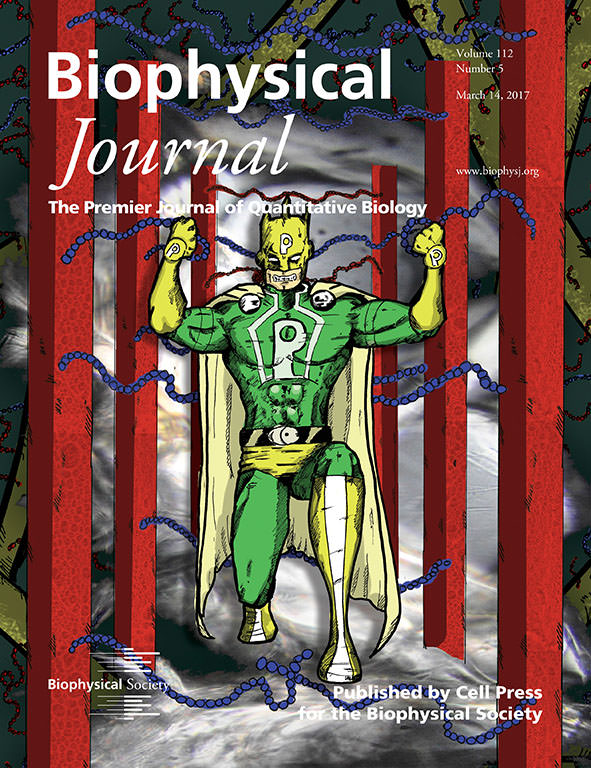 Gels are neither solids nor liquids but rather a network of deformable and crosslinked polymers. Therefore, it is not surprising that the mechanical properties of synthetic gels are controlled by the degree of cross-linking, achieved, for example, by photopolymerization or the addition of chemical agents. One of the best examples of mechanically supporting bio-gels is the cytoskeleton, where crosslinked polymers (actin, microtubules and intermediate filaments) form a viscoelastic network. For microtubules and actin networks, analogues biological cross-linkers (associated proteins) have been identified. Nonetheless, in some important cases, the biophysical crosslinking mechanism or the existence of associated crosslinking proteins have not been identified.
Gels are neither solids nor liquids but rather a network of deformable and crosslinked polymers. Therefore, it is not surprising that the mechanical properties of synthetic gels are controlled by the degree of cross-linking, achieved, for example, by photopolymerization or the addition of chemical agents. One of the best examples of mechanically supporting bio-gels is the cytoskeleton, where crosslinked polymers (actin, microtubules and intermediate filaments) form a viscoelastic network. For microtubules and actin networks, analogues biological cross-linkers (associated proteins) have been identified. Nonetheless, in some important cases, the biophysical crosslinking mechanism or the existence of associated crosslinking proteins have not been identified.
Neurofilaments (NF) are neuronal specific intermediate filaments that form spaced filamentous networks in the long axon projections. Each neurofilament resembles a bottlebrush: a semi-flexible filament decorated with protruding floppy (intrinsically disordered) long carboxyl terminal tails. The tails engage in extensive crosslinking interactions, which have been the focus of many studies.
In addition to their lack of secondary rigid structure, NF tails contain many “phosphorylation sites”. These sites are specific amino-acid sequences recognized by enzymes that can add or remove charged phosphate groups, known as phosphorylation and dephosphorylation, respectively.
Our cover image for the March 14 issue of the Biophysical Journal illustrates an NF gel made of well aligned bottlebrushes at the front, and un-oriented ones at the back. The superhero (PhosphoHero) artistically illustrates the roles of NF phosphorylation. On the one hand, PhosphoHero increases the cross-linking between the filaments via the generation of ionic bridging between opposite charged residues. This in turn aligns the red filaments in nematic liquid crystalline order, as depicted by the crossed polarized NF hydrogel microscopy in the background. On the other hand, phosphorylation also increases the tails’ net negative charge, and consequently its compression response. Thus, phosphorylation acts as a regulatory knob to control the structure, orientation and mechanical properties of the cellular scaffold, the cytoskeleton.
Future studies into the role of intrinsically disordered proteins, and in particular their tunable phosphorylation states and their role in long-range alignment should be full of further surprises. Intrinsically disordered proteins were evolutionally selected to hold functional, although sometimes atypical properties, characteristic to superheroes. The cover was hand-drawn and then digitally colored in Photoshop by Eliran Malka.
- Eti Malka-Gibor, Micha Kornreich, Adi Laser-Azogui, Ofer Doron, Irena Zingerman-Koladko, Jan Harapin, Ohad Medalia, Roy Beck